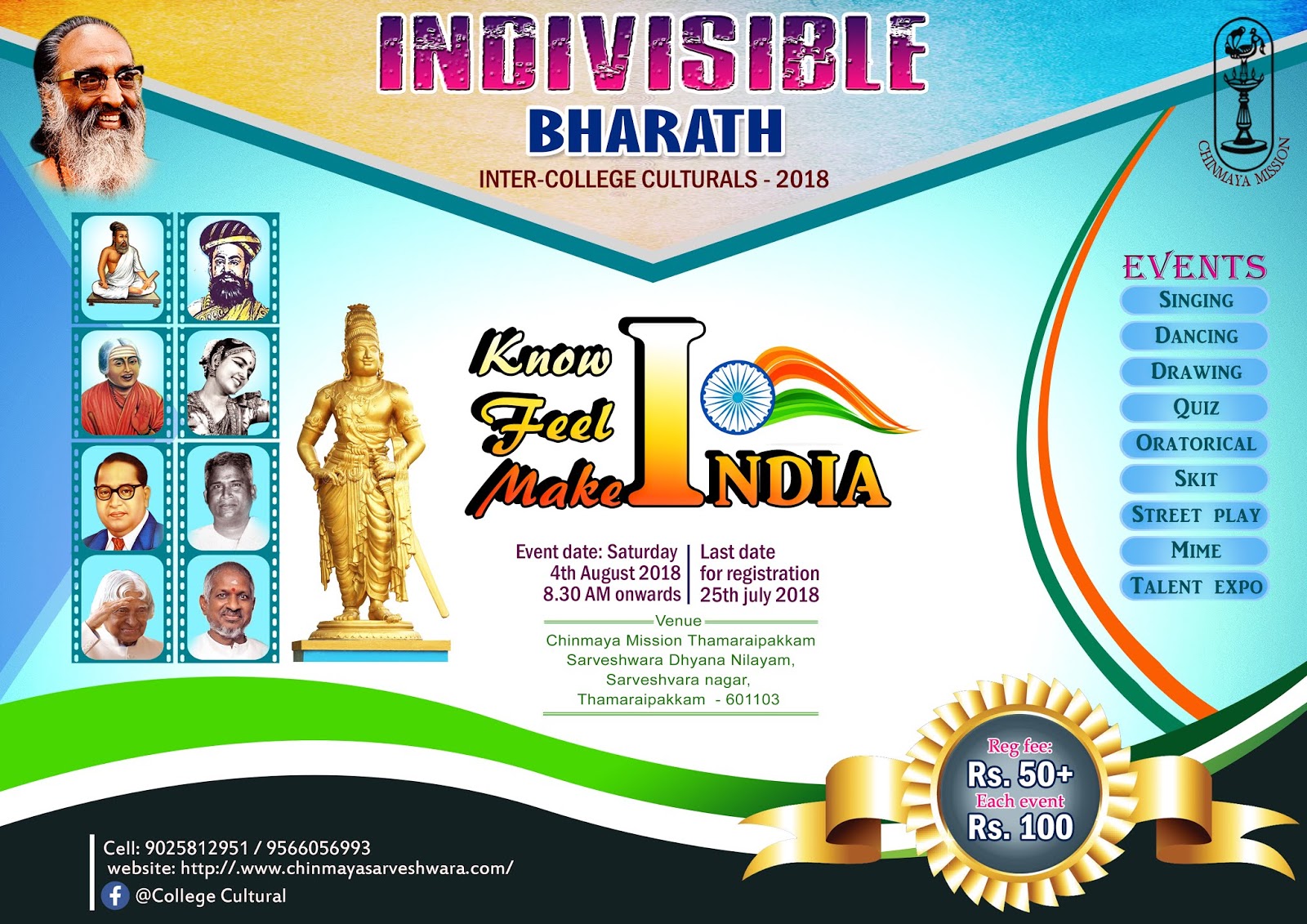Meditation According to the Upanishads - 1. Swami Krishnananda
=========================
Tuesday, November 17, 2020. 09:04. AM.
(Spoken on January 14th, 1973)
Post-1.
-----------------------------------
Today we shall take an excursion into the Upanishadic method of meditation, which is the predominant note of all Vedantic texts.
-------------
The Upanishadic approach to Truth is out-and-out philosophical and mystical. The Upanishads take a comprehensive view from three angles of vision: the external, the internal, and another feature which transcends them both.
---------------------
The Mandukya, the Taittiriya and the Aitareya Upanishads may be taken as examples of this type of approach, which also receives elaborate treatment and profound consideration in the Chhandogya and Brihadaranyaka Upanishads. The Upanishadic method is something not unknown to students of Vedanta, but yet the Upanishads have a peculiarity of their own which demands a very acute understanding and a thoroughgoing philosophical approach from the student. This is what is generally called the jnana method of approach, also known as the jnana yoga path, wherein meditation becomes identical with understanding. It is a gradual enlightenment taking place inside and settling upon Reality. Knowledge is the undercurrent of the thought of the Upanishads. That is why they are called scriptures on jnana, tattva darshana. They deal with Reality, the Supreme Being.
------------------------
In the Aitareya Upanishad particularly, we have what may be called the objective approach to Truth, which means to say, the Upanishad here considers the universe as created out of the Supreme Being in a manifold manner. The description of the process of creation in the Upanishad is given to us not so much to enlighten us about the actual process that might have taken place at the time of creation, as to tell us how we stand in relation to it. The purpose of the Upanishad is to cause the liberation of the soul, not to give a metaphysical system. All creation theories in the Upanishads have this purport before them, the liberation of the soul, and this can be achieved only by a proper appreciation and understanding of the relationship of the individual soul to the Supreme Soul.
----------------------
The understanding that the individual has of its relation with the Supreme Being is its status. The individual generally regards itself as standing outside creation as a creature evolved in the process of creation, as something ignorant, impotent and miserable. The creation theory, the doctrine of the process of the evolution of the universe described in the Upanishads, gives us an idea as to whether we are in any way connected with Reality at all, or whether we stand outside it. That we stand outside it is out of the question because if that were the case, liberation would be impossible. If the individual soul is absolutely outside the operation and the activity of the Supreme Being, there would be no connection between the two, and the soul would ever be in bondage. It would be what is called the ‘eternal damnation theory’. According to certain religions, there are some souls who are eternally damned and will never attain salvation. That would be the most uncomfortable doctrine—that the individual stands absolutely outside the existence and activity of the Supreme Being.
----------------------
To be continued ...
===============================================================



.jpg)

Comments
Post a Comment